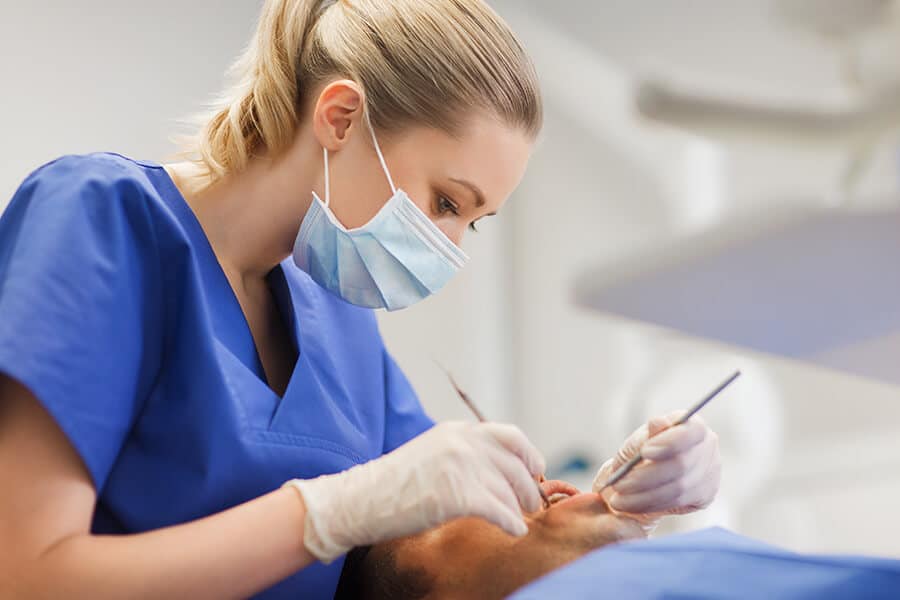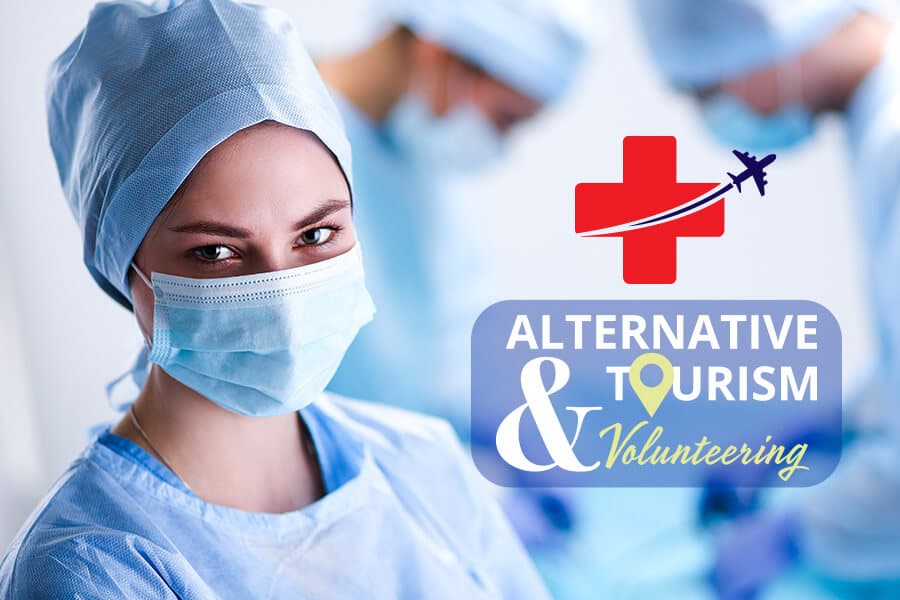Travel of any kind can be a healing experience for mind, body, and soul. Research shows that the simple action of planning a trip can alleviate stress and boost happiness. Plus, if you travel to a sea-side location, you get extra health perks from the ocean air. Medical tourism, however, takes this one step further. It combines travel to a different country with a medical, dental, or cosmetic procedure! Most commonly, people do this if the destination is a country that is known for being particularly good at a certain medical treatment or if treatment is more affordable there.
What is Medical Tourism?
Medical tourism actually began when people from less-developed countries traveled to developed nations with better medical facilities in order to take advantage of their advanced medical centers and experienced doctors. Ironically, today a lot of medical tourism goes the other way as people from countries such as the USA travel abroad for more affordable healthcare.
Certain procedures cost so much for people back home that a flight across the world is nothing in comparison. Of course, if one is going to travel so far, the journey may as well include some fun and a chance to see the sites while away. Today, this emerging market is already a multibillion-dollar phenomenon. Countries around the globe are starting to see the financial benefits as more and more are offering premium medical services at a notably lower cost.
There is a direct correlation between a nation’s economic status and lower prices in its clinics and hospitals. Countries that promote medical tourism are typically 30-70% cheaper when compared to the US. Currently, the top 10 medical travel destinations are India, Brazil, Malaysia, Thailand, Turkey, Mexico, Costa Rica, Taiwan, South Korea, and Singapore.
Medical Tourism Risks

Although all medical and surgical procedures come with risks, there are some additional factors to consider when receiving treatment abroad. Infections, as well as the acquisition of blood-borne pathogens, are some things to consider. Plus, antibiotic-resistant infections can be more common in certain countries where medical tourism is popular. However, such risks are not eliminated by simply having the procedure done at home – they can happen regardless of location.
Another big factor to consider is follow-up care. Americans especially don’t have a lot of paid vacation time, so it is not always possible to spend an extended period of time abroad. This means that follow-up appointments need to be done in the traveler’s home country. It is important to have accurate official paperwork from the foreign clinic so that the patient can receive proper care at home. The costs of this should also be considered.
Finally, flying can be taxing on the body. After all, commercial aircraft cabin pressure is equivalent to an outside air pressure of 6,000-8,000 feet (1,800 – 2,500 meters) above sea level. Certain procedures, such as chest or abdominal surgery, require that the patient not fly for at least 10 days afterwards. Blood clots, deep vein thrombosis, and other issues can occur while flying post-surgery.

Even when it comes to cosmetic procedures that involve the face, eyelids, or nose as well as other laser treatments, most doctors require a recovery period of 7-10 days before flying. Unfortunately, there are other activities that medical tourists should avoid including sunbathing, drinking alcohol, swimming, going on long tours, or engaging in strenuous activities. Therefore, those who plan on combining travel with medical procedures should plan on doing such activities beforehand. Afterwards the best thing to do is just relax and take it easy before returning home.
Czech Republic

Outside of the most popular medical tourism destinations, there are many other countries around the world that are welcoming medical tourists. The Czech Republic is a big one, and the Czechs are known for both their dental and eye-related procedures. Not only are Czech doctors known globally for their strong work ethic and quality care, they also have a history of medical research and high standards for medical personnel.
The inventor of the soft contact lens was a Czech Professor, Otto Wichterle. In addition to this, Jaroslav Heyrovský won the 1959 Nobel Prize in Chemistry for his development of polarographic methods of analysis. Czechs also have one of the lowest infant mortality rates in the world and are known for their success in oncology, cardiology, infertility, and eye surgery.
Not only is the Czech Republic a great place to get treatment, the capital city is also perfect for a recovering patient. With a moderate climate and a walkable scale, recovering medical tourists can take leisurely strolls through the city. Many medical tourists also pick the Czech Republic because of its world-renowned spas. In particular, Karlovy Vary is known for thermal mineral water that promotes healing and has countless health benefits.
Photos: Shutterstock / Edited by: Martina Advaney
More articles on alternative tourism here:
Support us!
All your donations will be used to pay the magazine’s journalists and to support the ongoing costs of maintaining the site.
Share this post
Interested in co-operating with us?
We are open to co-operation from writers and businesses alike. You can reach us on our email at [email protected]/[email protected] and we will get back to you as quick as we can.










